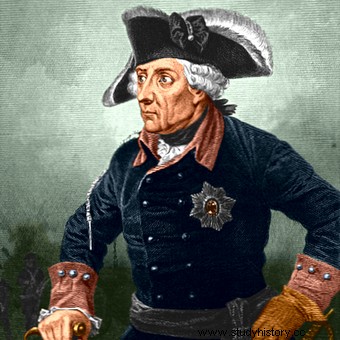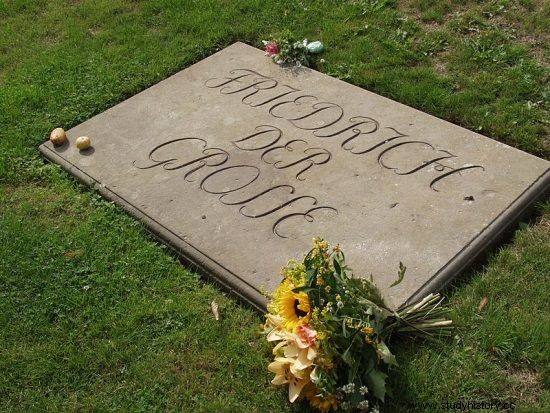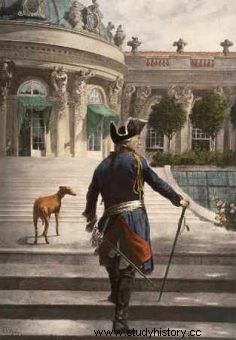Animal cemeteries seem to be a modern invention. There are only a few of them in Poland, and they still arouse controversy. Their opponents say it is a modern fashion and an idea of American yuppies. Nothing could be more wrong!
 Animal cemeteries seem to be a modern invention. There are only a few of them in Poland, and they still arouse controversy. Their opponents say it is a modern fashion and an idea of American yuppies. Nothing could be more wrong!
Animal cemeteries seem to be a modern invention. There are only a few of them in Poland, and they still arouse controversy. Their opponents say it is a modern fashion and an idea of American yuppies. Nothing could be more wrong!
The tradition of burying animals goes back to the oldest centuries, but let us focus on a more recent period and on one specific person. Frederick II Hohenzollern is a figure reminiscent of the First Partition of Poland, of which he was the main initiator. Moreover, we know him as a leader, philosopher, musician and politician. But as a great dog lover? This is less obvious.
The Polish princess Izabela Czartoryska, during her visit to the Prussian royal court, made some observations about Fryderyk's dogs. In her diaries she wrote:
"(...) Next to it were the poems of Voltaire (...) a sword and a sash, and next to them were balls that his dogs used to play with. (...) At the table, on a stool on which the king's hat lay, was a shapely greyhound with puppies, under the stool there was a plate with food for the dogs ... "

Tombstone of Frederick II (author:Hannes Grobe; Creative Commons CC-BY-SA-2.5)
Fryderyk's love for pets did not end with providing them with good food and a comfortable life. The seat of the monarch also revealed his weakness.

Frederick II loved his greyhounds so much that he had their portraits hung in the palace corridor, which he walked every day. He himself was also painted with an inseparable dog.
The corridor along which he went to the library every day did not embellish with its beauty images of ancestors, the royal family, or even Prussian views. As far as it goes against tradition, the walls have been adorned with ... portraits of royal greyhounds.
The affection with which the Prussian monarch had for barking friends was so great that even the death of the dog in question did not deprive him of his rightful place in Fryderyk's heart. To honor their faithful service, the king established a private ... cemetery for dogs, each with its own marble tombstone . Interestingly, after his death, Frederick II himself was buried near this animal necropolis.
This is just one of many curiosities from the life of the ruler in Poland, who is associated in a very one-dimensional and purely negative way. We will write about the next ones soon.
Source:
- G. Pauszer-Klonowska, Lady in Puławy , Inicjał, Warsaw 2010.
